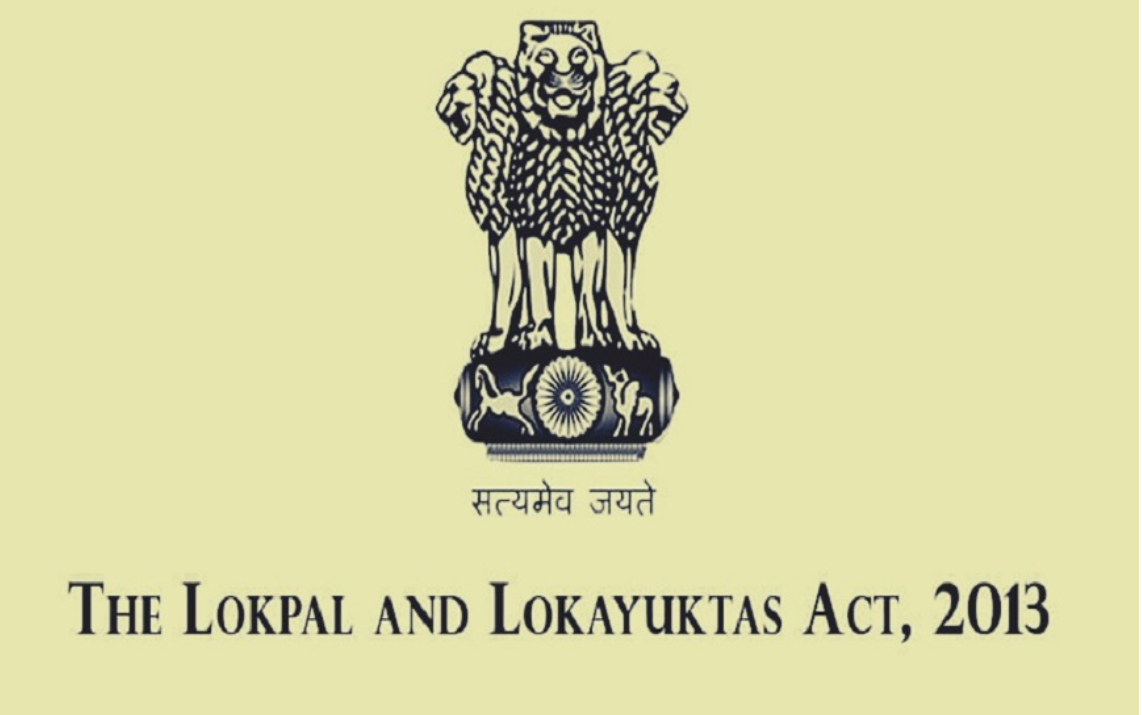
Introduction:
Corruption is a major obstacle in the path of good governance. To combat this, the Parliament enacted the Lokpal and Lokayuktas Act, 2013, which provides for the establishment of a central anti-corruption body called the Lokpal at the national level and Lokayuktas at the state level. The aim is to inquire into allegations of corruption against public functionaries and bring transparency and accountability to public administration.
Powers and Functions of the Lokpal under the 2013 Act:
-
Jurisdiction Over Public Servants:
The Lokpal has the power to inquire into allegations of corruption against:-
The Prime Minister (with certain limitations),
-
Ministers of the Union,
-
Members of Parliament,
-
Group A, B, C, and D officers of the Central Government,
-
Officials of NGOs receiving substantial government funds.
-
-
Inquiry and Investigation:
-
The Lokpal has the power to initiate suo motu inquiries or act upon complaints received.
-
It can direct any agency, including the CBI, to conduct investigations.
-
It can supervise investigations to ensure fairness and timeliness.
-
-
Prosecution:
-
After investigation, the Lokpal may file a charge sheet and recommend prosecution.
-
It can set up special courts for trials in corruption cases to ensure speedy justice.
-
-
Search and Seizure Powers:
The Lokpal can authorize search, seizure, and attachment of property of accused public servants, ensuring that ill-gotten wealth is not hidden or destroyed. -
Confiscation of Assets:
-
It can recommend confiscation of assets acquired through corrupt means, in coordination with the enforcement authorities.
-
-
Protection to Whistleblowers:
Though not directly under this Act, the Lokpal plays a role in safeguarding complainants against victimization, ensuring they are not harassed.
Role and Powers of the Lokayukta:
-
At the state level, Lokayuktas function similarly to the Lokpal.
-
They inquire into corruption allegations against Chief Ministers, Ministers, legislators, and state government officials.
-
Their powers, composition, and procedures are defined by respective State Legislations, but they are inspired by the model of the Lokpal.
Why the Office of Lokpal is Better than Other Anti-Corruption Mechanisms:
-
Independent Structure:
-
Lokpal is a statutory and independent body, free from political and executive interference.
-
It has a broad-based selection committee including the Prime Minister, Chief Justice of India, Lok Sabha Speaker, and an eminent jurist.
-
-
Wider Jurisdiction:
-
It covers not only politicians and bureaucrats but also NGOs and private persons associated with public funds.
-
No other body had such extensive jurisdiction earlier.
-
-
Time-bound Proceedings:
-
Lokpal must complete the inquiry within 60 days and investigation within 6 months, ensuring speedy action against corruption.
-
-
Special Courts for Quick Trial:
-
Dedicated courts for corruption cases reduce judicial delays, making the system more effective than traditional mechanisms.
-
-
Integration with Other Agencies:
-
Lokpal can coordinate with the CBI, CVC, ED, and other agencies, making it a multi-pronged attack on corruption.
-
-
Inclusion of Civil Society:
-
The push for Lokpal came from civil society movements (e.g., Anna Hazare’s campaign), making it a people’s institution and creating greater public trust.
-
Conclusion:
The Lokpal and Lokayuktas Act, 2013 is a landmark step in the fight against corruption. The office of the Lokpal, with its independence, wide jurisdiction, and statutory powers, fills the gaps left by other mechanisms like the CBI or CVC which function under the control of the executive. However, the true strength of Lokpal lies not just in its powers, but in its honest and fearless functioning. For it to be truly effective, appointments must be prompt, institutions must be adequately funded, and political will must remain strong. As judiciary aspirants and future officers of law, it is our responsibility to uphold these institutions and ensure they remain accountable to the people.